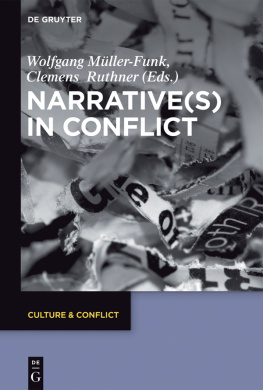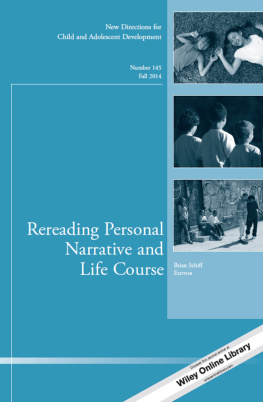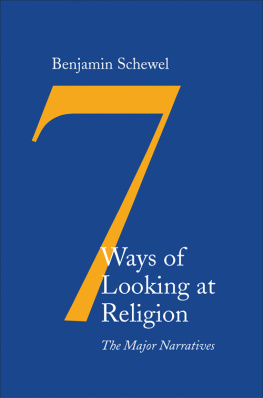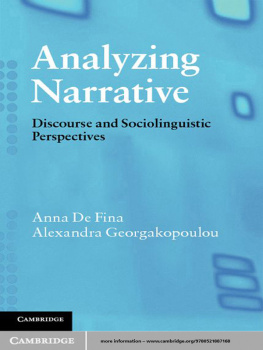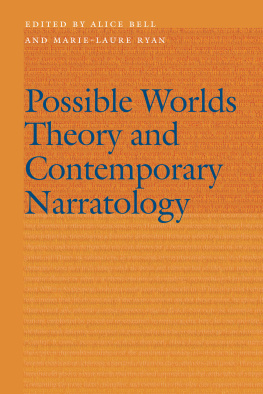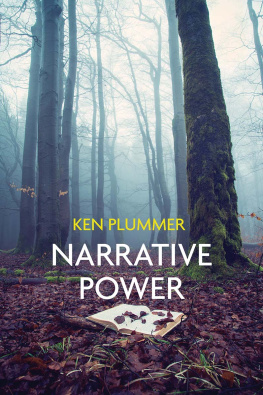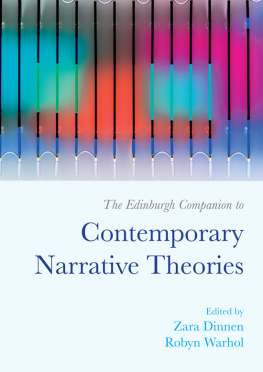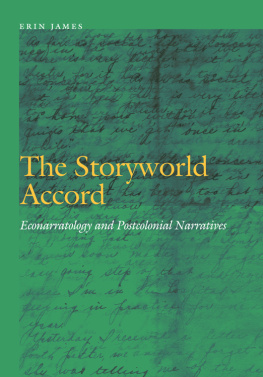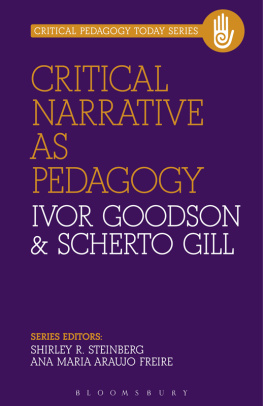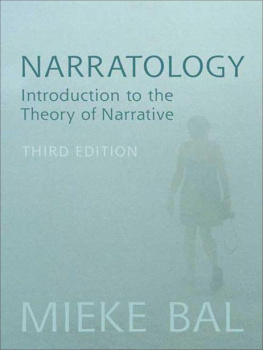Narrative Networks
SAGE was founded in 1965 by Sara Miller McCune to support the dissemination of usable knowledge by publishing innovative and high-quality research and teaching content. Today, we publish more than 750 journals, including those of more than 300 learned societies, more than 800 new books per year, and a growing range of library products including archives, data, case studies, reports, conference highlights, and video. SAGE remains majority-owned by our founder, and after Sara's lifetime will become owned by a charitable trust that secures our continued independence.
Los Angeles | London | Washington DC | New Delhi | Singapore
Narrative Networks
Storied Approaches in a Digital Age
SAGE Publications Ltd
1 Oliver's Yard
55 City Road
London EC1Y 1SP
SAGE Publications Inc.
2455 Teller Road
Thousand Oaks, California 91320
SAGE Publications India Pvt Ltd
B 1/I 1 Mohan Cooperative Industrial Area
Mathura Road
New Delhi 110 044
SAGE Publications Asia-Pacific Pte Ltd
3 Church Street
#10-04 Samsung Hub
Singapore 049483
Brian Alleyne 2015
First published 2 015
Apart from any fair dealing for the purposes of research or private study, or criticism or review, as permitted under the Copyright, Designs and Patents Act, 1988, this publication may be reproduced, stored or transmitted in any form, or by any means, only with the prior permission in writing of the publishers, or in the case of reprographic reproduction, in accordance with the terms of licences issued by the Copyright Licensing Agency. Enquiries concerning reproduction outside those terms should be sent to the publishers.
All material on the accompanying website can be printed off and photocopied by the purchaser/user of the book. The web material itself may not be reproduced in its entirety for use by others without prior written permission from SAGE. The web material may not be distributed or sold separately from the book without the prior written permission of SAGE. Should anyone wish to use the materials from the website for conference purposes, they would require separate permission from us. All material is Brian Alleyne, 2015.
Library of Congress Control Number: 2014940526
British Library Cataloguing in Publication data
A catalogue record for this book is available from the British Library
ISBN 9780857027832
ISBN 9780857027849 (pbk)
Editor: Chris Rojek
Assistant editor: Gemma Shields
Production editor: Libby Larson
Copyeditor: Audrey Scriven
Proofreader: Martin Noble
Marketing manager: Michael Ainsley
Cover design: Shaun Mercier
Typeset by: C&M Digitals (P) Ltd, Chennai, India
Printed in Great Britain by Henry Ling Limited at The Dorset Press, Dorchester, DT1 1HD
For Cristina
List of Figures and Tables
Figures
- 0.1
- 1.1
- 2.1
- 3.1
- 3.2
- 3.3
- 4.1
- 5.1
- 6.1
- 6.2
List of Boxes
- 2.1 How case studies are used in this book
- 2.2 Ontological and epistemological positions
- 2.3 A research problem young people and apprenticeship schemes
- 2.4 Reliability and validity in narrative research
- 3.1 The Hero's Journey
- 3.2 Propp's characters and functions
- 3.3 Labov and Waletzky's framework for analysis of narrative
- 3.4 On the Wikileaks controversy
- 3.5 How narrativisation works
- 3.6 Narrative overview of Tolkien's The Lord of the Rings
- 4.1 Stallman and the printer
- 4.2 The six periods of Raymond's history of hacking
- 5.1 The new new journalism
- 5.2 The personal narrative
- 5.3 What data do you need to construct a scholarly life history?
- 5.4 Composite personal narrative in use
- 6.1 Preliminary design for (brainstorming) a narrative research project
- 6.2 Building a concept map
- 6.3 Using journaling software for the entire project
About the Author
Brian Alleyneteaches sociology at Goldsmiths, University of London. He worked as a photographer and then a computer programmer before studying sociology and development studies at the University of the West Indies. After a period in New York, where he studied sociology at the CUNY Graduate Center and worked as a research assistant at the CLR James Institute, he moved to the UK. He gained a PhD in social anthropology from the University of Cambridge in 1999 and began teaching sociology at Goldsmiths in that same year. For many years he was a volunteer at the George Padmore Institute, made up of a collective of activists, writers and activists about whose work Brian wrote a book,
Radicals Against Race (Berg, 2002), which was awarded the British Sociological Association's Philip Abrams Memorial Prize 2002. Brian keeps up his interest in new technologies by hacking code in his spare time. He is working on hacker representations and migrant/cosmopolitan stories, using narrative methods.
Acknowledgements
In working on this book, I benefitted greatly from the input of many people. I got useful advice and feedback from David Oswell and Sari Wastell. My sociology colleagues at Goldsmiths remain a fantastic group with which to interact. Colleagues and students at the Anthropology Department's seminar in late 2013 asked many searching questions that helped me to improve the work. I have presented some of the ideas here in my undergraduate lectures and I gained a great deal from the questions asked by my students. Brett St Louis, Kirsten Campbell, and Tom Henri were and remain very supportive as colleagues and as friends. The three anonymous reviewers offered comments that improved the text; though I followed most of their suggestions, the final text remains my own responsibility. Chris Rojek and Jai Seaman first encouraged me to tackle this project, Gemma Shields took the work through the final stages with professionalism and enthusiasm, and Lynda Porter advised me on how to cope. Finally, I must acknowledge the encouragement, feedback and emotional support of my partner, Cristina Chimisso. This one is for her.
Introduction
I will present myself, whenever the last trumpet shall sound, before the Sovereign Judge with this book in my hand, and loudly proclaim, Thus have I acted; these were my thoughts; such was I. With equal freedom and veracity have I related what was laudable or wicked, I have concealed no crimes, added no virtues; and if I have sometimes introduced superfluous ornament, it was merely to occupy a void occasioned by defect of memory: I may have supposed that certain, which I only knew to be probable, but have never asserted as truth, a conscious falsehood. Such as I was, I have declared myself; sometimes vile and despicable, at others, virtuous, generous, and sublime; even as Thou hast read my inmost soul: Power Eternal! assemble round Thy throne an innumerable throng of my fellow-mortals, let them listen to my confessions, let them blush at my depravity, let them tremble at my sufferings; let each in his turn expose with equal sincerity the failings, the wanderings of his heart, and if he dare, aver, I was better than that man.


